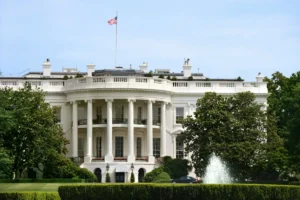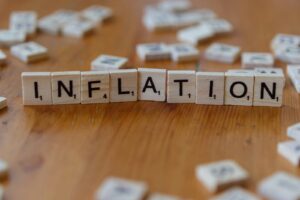This should lead to some of the recent sharp price rises going into reverse, pushing inflation down late next year. However, the outlook is complicated by the labour market where shortages have also proven much worse than expected.
Job vacancies are at record levels in the US and UK and companies are finding it very hard to fill positions. People are returning to the labour force slower than expected and many of those that have do not appear to have the right skills. Wage growth has picked up significantly, albeit as yet mostly for new employees rather than existing ones.
Again, these problems should moderate with time. The end to the pandemic-related government income and job support schemes and an easing in Covid-related fears should lead to more people seeking a job. That said, quite a number have taken early retirement in the US and UK and will never return.
The unemployment rate is relatively low in both the US and UK, at 4.6% and 4.3% respectively, and the risk has increased that a sustained labour shortage and higher inflation expectations trigger a wage-price spiral. This is the main reason why central banks have recently been pulling forward their tightening plans.
A crucial question is what inflation rate will central banks tolerate. The Fed, ECB and BOE all have 2% inflation targets, with the Fed the most inflation-tolerant of the three. Last year, the Fed switched to average inflation targeting, meaning it will allow a temporary inflation overshoot if it follows an undershoot. In addition, the Fed is less focused on inflation than the ECB and BOE, having a dual mandate of stable prices and maximum employment.
Even so, two or three rate hikes now look probable in the US by the end of next year. As for the BOE, it plans to start raising rates over coming months and the market expects bank rate to be up at 1% by late next year. By contrast, the ECB is likely to delay any hike until 2023 as inflation pressures in the eurozone are rather more muted than elsewhere.
Where does this all leave us? Inflation looks certain to rise further over coming months, peaking next spring before falling back as some of the upward pressures this year go into reverse. However, economies should continue to run relatively hot and we believe inflation in the US and the UK is likely to settle around 2.5-3%, some 1% or so higher than pre-pandemic trends.
The risks to our forecast appear to be to the upside. Looking back to the 1970s which saw double-digit inflation, central bankers initially thought the upturn in inflation would be confined to a few areas and would prove transitory. They were wrong, and it is of concern that their narrative this time round is uncomfortably similar to that almost fifty years ago.
That said, we see minimal chance of a return to 1970s-style inflation for the simple reason that union power is much reduced and central banks would not today tolerate the rates of wage inflation seen then. Signs of a major sustained inflation overshoot now would more likely herald aggressive tightening (even at the risk of triggering a recession) than a return to double digit inflation. Recession, of course, was the way the 1970s ended, but before that moment, inflation had been allowed to soar.














